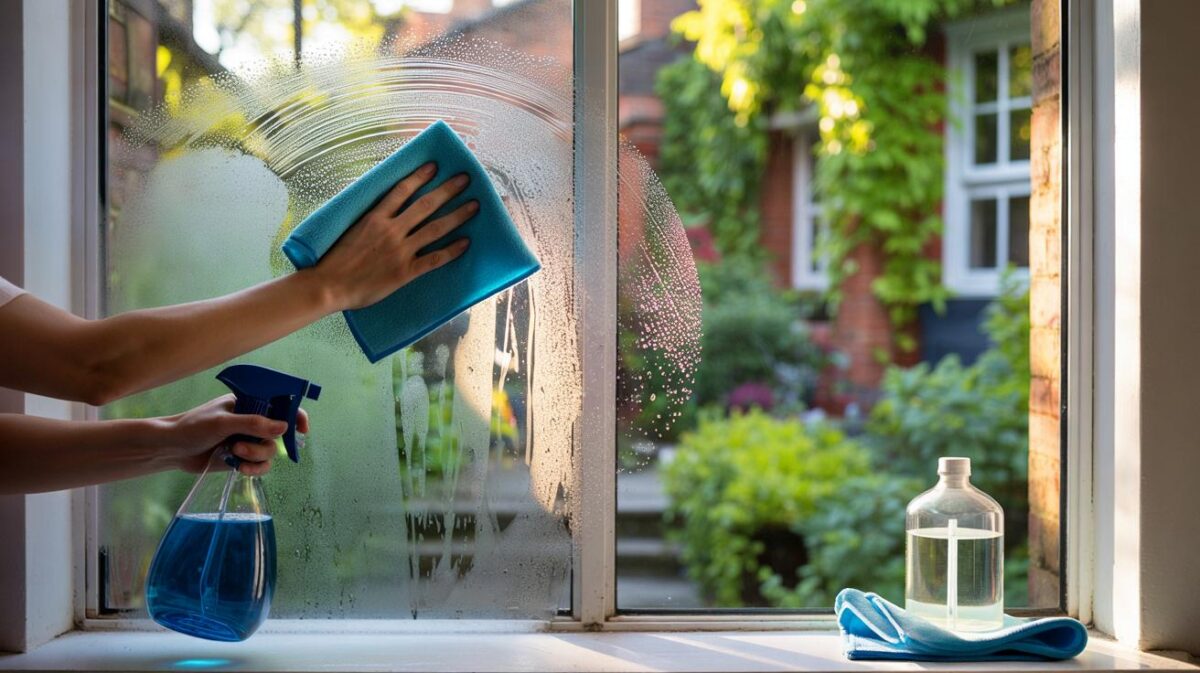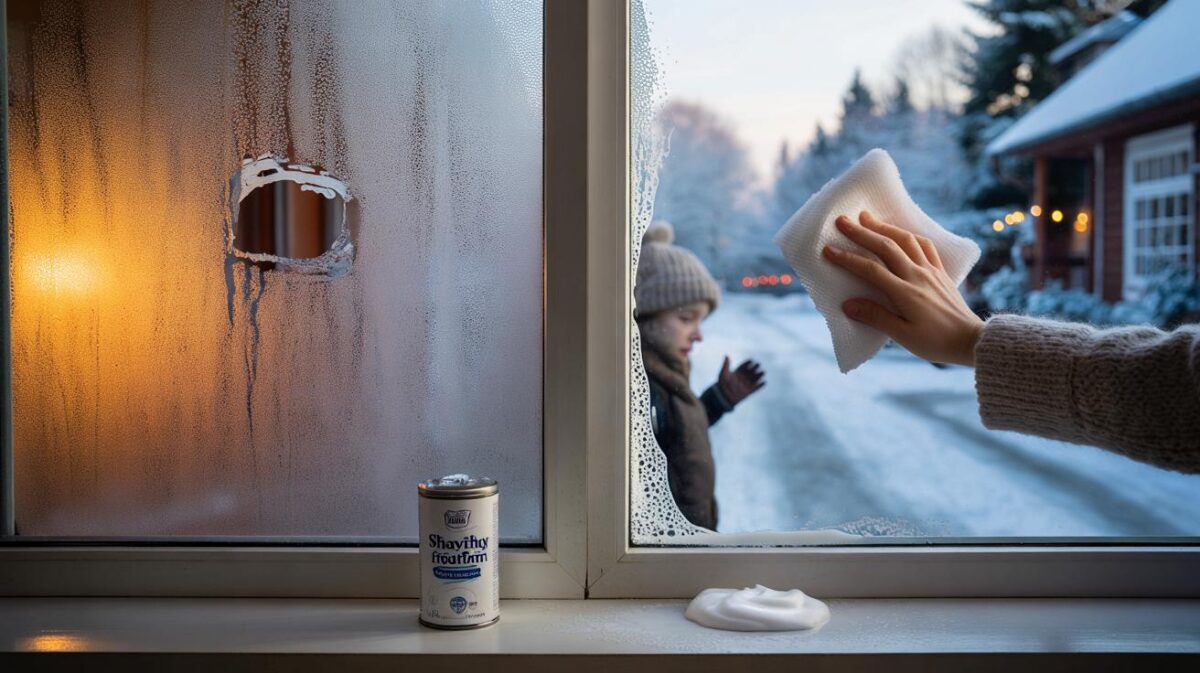Across hard-water areas, kettles are running longer, sipping more power and sprinkling flecks into morning tea. Households want a fix that works fast, keeps odours out of the kitchen and does not chew through metal or rubber seals. Here is what the science says, and how to act before scale hardens into a crust.
Why limescale builds up so quickly
Hard water carries dissolved calcium and magnesium carbonates. Heat pushes these minerals out of solution. They bond onto the hot metal, creep under the lip of the spout and coat the mesh filter. Regional geology sets the baseline, so a flat in London or Kent often scales faster than a cottage in the Highlands. Frequent boils speed it up. Each boil leaves a little more behind.
That crust dulls flavour. It also wastes energy. A thin layer insulates the heating element, so the kettle runs longer to reach a rolling boil. Utility guidance suggests even a 1 mm layer can add several percentage points to energy use, which shows up on the meter when you brew several times a day.
Scale acts like a thermal blanket on the element. More time to boil means more electricity burned for every cuppa.
The cold citric acid method, and why it’s trending
Citric acid loosens limescale without leaving a vinegar fug. It works best as a cold soak. You measure, stir, wait and rinse. The metal comes up smooth, and the next boil smells of nothing at all.
Step-by-step: from spoon to shine
- Add 2 tablespoons of food-grade citric acid to the empty kettle.
- Fill with cold water to cover the crusted areas.
- Leave to sit for 2 to 3 hours. Swirl once halfway through.
- Pour away. Rinse thoroughly with fresh water at least three times.
- Boil a full kettle of clean water and discard. Rinse once more.
Key rule: keep it cold. Heating citric acid can form calcium citrate crystals that grip harder than the original scale.
Why you must not heat the citric solution
At high temperatures, calcium in the scale reacts with citrate to make a more stubborn salt. Those crystals can lodge in corners, cling to the mesh and resist scrubbing. A cold soak avoids that trap and still dissolves the carbonate layer effectively. If you prefer lemon juice, treat it the same way. Use 1 to 2 lemons’ worth, let it sit cold, then rinse well.
Other quick options for busy mornings
Different cupboards, different tools. Vinegar, bicarbonate of soda and lemon juice all have a place, with trade-offs on smell and speed. Choose what fits your tolerance and timetable.
| Method | Mix and ratio | Heat? | Contact time | Rinse steps | Notes |
|---|---|---|---|---|---|
| White vinegar | 1/3 vinegar + 2/3 water | Bring to the boil | Rest 45 minutes after boiling | Rinse well, boil clean water once, rinse again | Mind the sharp vapours; open a window |
| Bicarbonate of soda | 2 tablespoons + water | As with vinegar, you can heat | 30 to 45 minutes | Rinse thoroughly before use | Mild action; good for light deposits |
| Lemon juice | Juice of 1–2 lemons + water | Cold soak preferred; some users heat | 1 to 2 hours | Rinse well to remove citrus residues | Fresh smell; gentler on noses |
| Citric acid | 2 tablespoons + water | No heat | 2 to 3 hours | Triple rinse, then one clean boil | Low odour; very effective when cold |
Don’t forget the spout filter and lid
Many kettles hide a fine mesh at the spout. Scale clogs it, slows the pour and seeds flakes into cups. If the filter pops out, treat it separately. For vinegar or bicarbonate soaks, use hot water. For citric acid or lemon, keep the soak cold. If the filter is fixed, mix a paste of 3 tablespoons bicarbonate with 1 tablespoon water. Spread it on the mesh and lip. Leave for 30 to 40 minutes. Rinse gently with a jug of water so you avoid splashing electronics.
How often to descale in the UK
Frequency depends on local hardness and how often you brew. In very hard-water postcodes or tea-loving homes, aim for a light descale every two to four weeks. In soft-water areas or if you use filtered water, once or twice a year often suffices. Keep an eye on performance. Longer boil times and a chalk ring at the base signal the next session is due.
A simple monthly routine can add years to a kettle and trim energy use with every boil.
Cutting hardness at the source
You can slow future build-up by softening the incoming water. Jug filters reduce carbonate hardness and often improve taste. Charcoal sticks offer a low-cost option for countertop jugs. Under-sink reverse osmosis systems strip most minerals but cost more and waste some water. Any of these will lengthen the gap between deep cleans. Another folk tactic places a clean oyster shell or smooth pebble inside the kettle. Scale tends to nucleate on that surface first. Sterilise anything you add, and replace it regularly.
Safety, materials and warranties
Unplug before any cleaning. Keep liquids away from the base and electrics. Never immerse a cordless kettle’s base. Check your manual for coating details. Some interiors have special finishes that dislike aggressive acids. Avoid scouring pads on stainless steel; they scratch and collect residue. If your kettle smells strongly of vinegar after a boil, run an extra clean-water cycle. If rubber seals look tired, switch to the cold citric method and shorten contact time.
What about costs and savings
A 500 g tub of citric acid often costs less than a few pounds and lasts dozens of cleans. Vinegar costs pennies per treatment but leaves odour. If a kettle burns 2 to 3 extra minutes per day due to scale, a family could spend several pounds more across a winter. That makes a monthly cold soak a neat win for both taste and the bill payer.
Fast checks to keep scale at bay
- Empty the kettle after use so minerals do not dry into a ring.
- Wipe the spout and lid with a damp cloth each week to stop crystals forming.
- Only boil what you need; less water means less mineral deposition.
- Rotate methods. A cold citric soak monthly, plus a quick bicarbonate wipe, keeps buildup manageable.
Beyond the kettle: wider impacts and handy extras
Limescale hits more than tea time. Steam irons, coffee machines and shower heads suffer the same mineral creep. The same cold citric approach works on many of these, as long as you protect seals and electronics. For espresso machines, follow manufacturer guidance and keep solutions weak. For shower heads, unscrew and soak in warm vinegar with the window open, then flush.
If you like a practical test, time your boil tomorrow before cleaning, then again afterwards with the same volume of water. Log the times for a week. You should see the seconds drop, then slowly rise as deposits return. That small experiment tells you the right interval for your postcode, your kettle and your habits.









Great explainer. Tried 2 tbsp food-grade citric acid with a cold soak and my kettle came up like new. No vinegar pong, just clean metal. This is now part of my monthly routine—cheers!
Quick Q: you say heating citric acid forms calcium citrate that’s harder to remove. Do you have a citation or a picture of the crystals? Also, for the vinegar method, is the 45-minute rest after boiling essential, or can you cut it shorter for light scale?